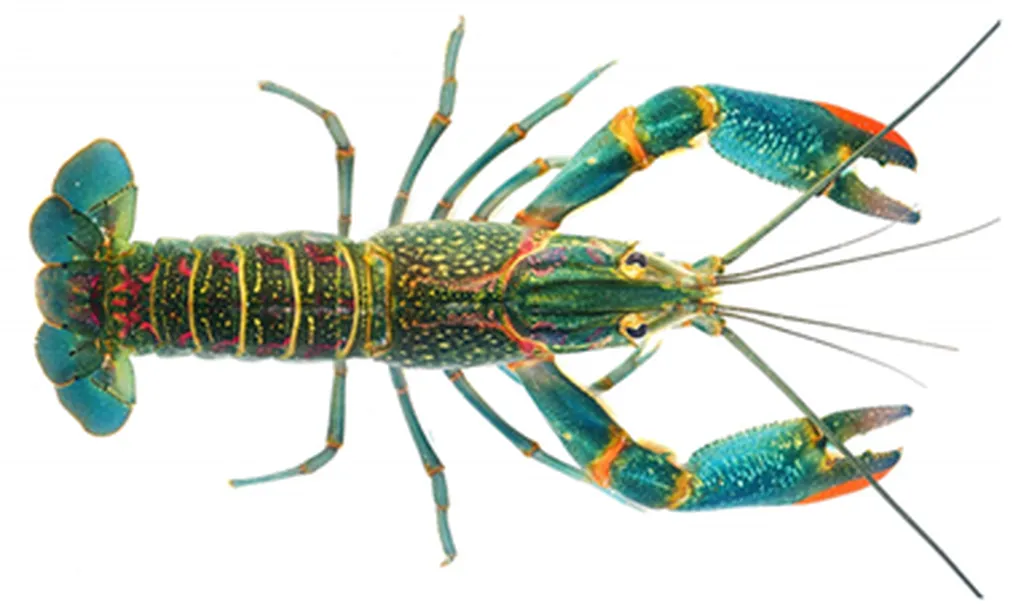In a groundbreaking study published in the *Journal of Virology*, researchers have uncovered a novel immune mechanism in crayfish that could have significant implications for the agriculture sector, particularly in the fight against devastating viral infections. The study, led by Xiao-Tong Cao of the Shandong Provincial Key Laboratory of Animal Biotechnology and Disease Control and Prevention at Shandong Agricultural University, sheds light on how the red swamp crayfish, *Procambarus clarkii*, combats the white spot syndrome virus (WSSV), a pathogen that wreaks havoc on crustacean populations worldwide.
The research team identified a lectin named PcCLL in the crayfish, which contains a C1q-like sequence—a segment of the C1q globular head—suggesting its involvement in antiviral immunity. When crayfish are infected with WSSV, C1q receptors (C1qRs) on the cell membrane recognize the virus by interacting with its envelope protein VP28. This interaction triggers a cascade of events where C1qRs recruit PcCLL into the cell, forming complexes that synergistically promote the nuclear translocation of Dorsal, a key player in the immune response.
“Serine-arginine protein kinase (SRPK) is crucial in this process,” explains Cao. “Without SRPK, the activation and translocation of Dorsal cannot be achieved. The C1qR-PcCLL-SRPK axis is essential for regulating Dorsal’s activity, which in turn promotes resistance to WSSV infection by modulating the expression of the lectin-like protein PcLT.”
This discovery highlights a fascinating evolutionary trajectory in immune mechanisms across animals. While C1qR appears to participate in antiviral immunity in both vertebrates and arthropods, the mechanisms differ significantly. In vertebrates, the complement system is well-documented, but in arthropods, the functional convergence of gC1qR remains to be fully understood. This study provides a crucial piece of the puzzle, demonstrating how arthropods might have evolved unique strategies to combat viral infections.
The commercial implications of this research are substantial. WSSV is a major threat to the shrimp and crayfish farming industries, causing massive economic losses annually. Understanding the immune mechanisms in crayfish could pave the way for developing novel antiviral strategies, such as targeted therapies or genetic modifications, to enhance disease resistance in farmed crustaceans. “This research opens up new avenues for developing targeted interventions that could significantly improve the resilience of farmed crustaceans against WSSV,” says Cao.
Moreover, the study’s findings could have broader applications in the field of agritech. By elucidating the role of C1qR and PcCLL in antiviral immunity, researchers might uncover similar mechanisms in other economically important species, leading to more robust and sustainable agricultural practices. The discovery also underscores the importance of studying non-model organisms, which can provide valuable insights into evolutionary biology and immune system diversity.
As the agriculture sector continues to grapple with the challenges posed by viral infections, this research offers a glimmer of hope. By harnessing the power of evolutionary biology and cutting-edge molecular techniques, scientists are inching closer to developing innovative solutions that could safeguard the future of aquaculture and beyond. The study, led by Xiao-Tong Cao and published in the *Journal of Virology*, represents a significant step forward in our understanding of antiviral immunity in arthropods and sets the stage for future advancements in the field.

